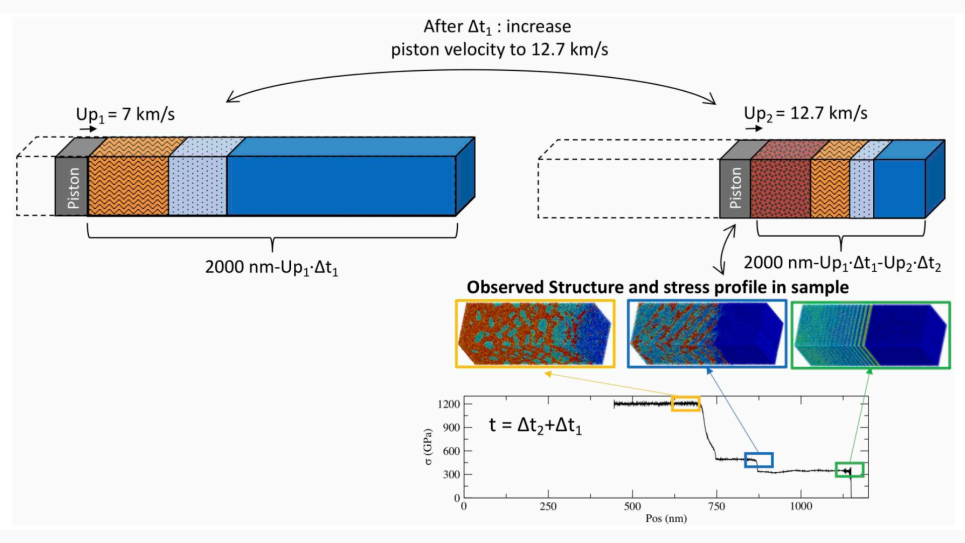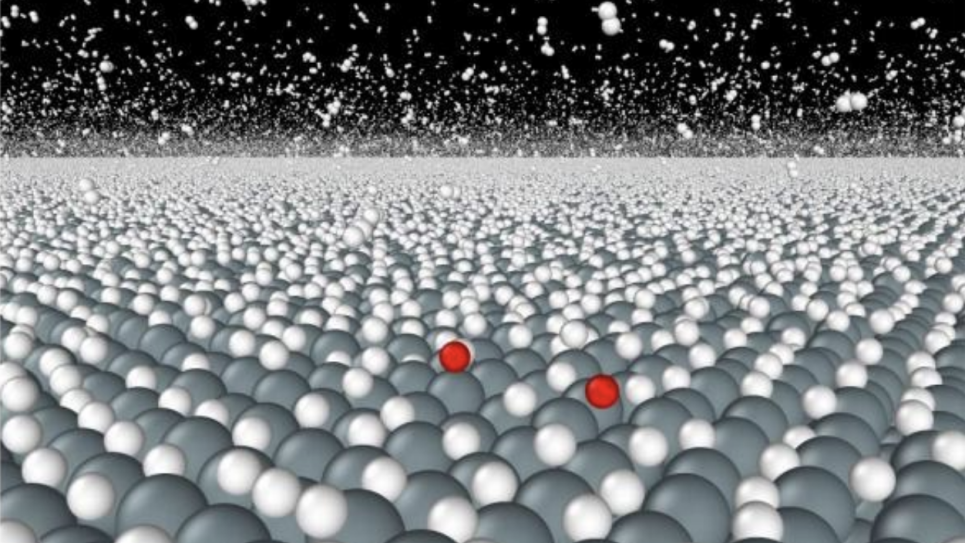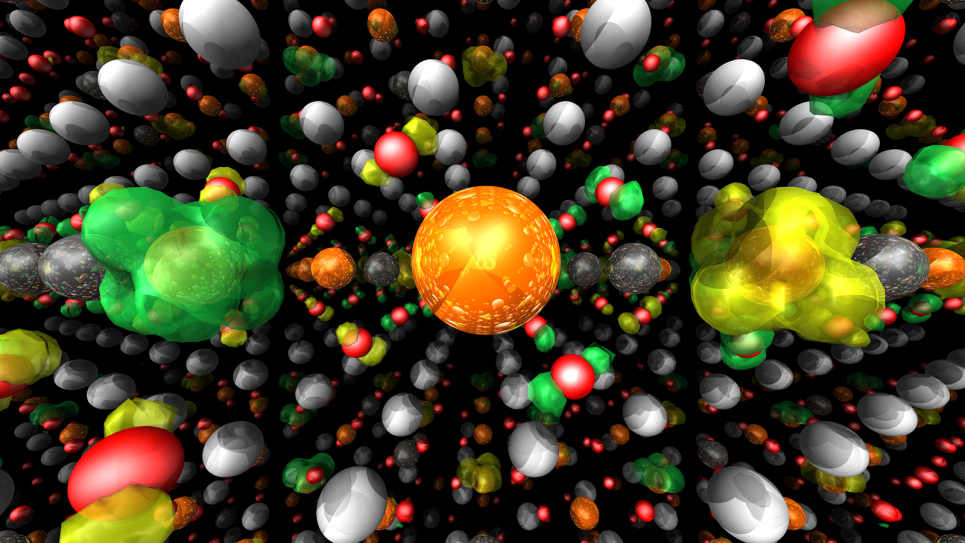The purpose of this project is to develop high performance materials suitable for a future fusion power plant. The performance demands on plasma-facing components (PFCs), first wall and blanket systems of future fusion power plants are beyond the capability of current materials, which is one of the reasons that the United States National Academy of Engineering has ranked the quest for fusion as one of the top grand challenges for engineering in the 21st Century. Furthermore, it is clear that of this list, the plasma surface interactions (PSIs) occurring in the divertor and PFCs pose a critical scientific challenge that limits our ability to achieve electricity production from fusion. Gaining physical understanding and predictive modeling capability in this critical PSI area requires simultaneously addressing complex and diverse physics occurring over a wide range of lengths (Ångströms to meters) and times (femtoseconds to seconds, days to years), as well as integrating extensive physical processes across the plasma-surface-bulk materials boundaries. It is now well established that He and H plasma exposure with ion energies in the range of 10 to 100 eV and for implanted gas fluences around 1E25 per m2 can have profound effects on the metallic surface morphology and on the quantity of retained gas atoms. The extent to which both surface morphology and sub-surface defect creation and evolution processes driven by neutron-induced damage influence the diffusion, trapping and precipitation of hydrogen isotopes into gas bubbles is an outstanding question that impacts the tritium permeation, retention and near-surface saturation levels; and will definitely influence the operation of the ITER fusion experimental reactor. The outcome of this proposal will be a better understanding of the materials and properties necessary to serve as walls of a future fusion power plant.


